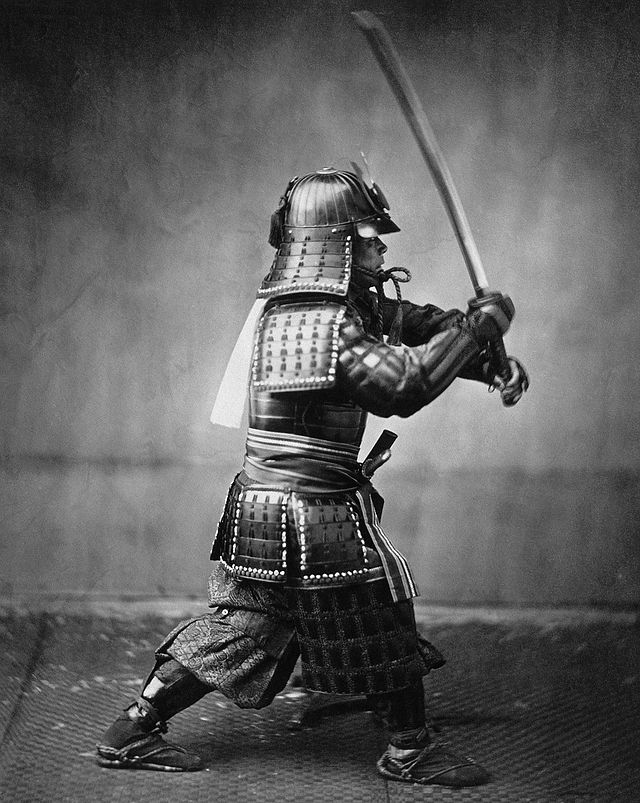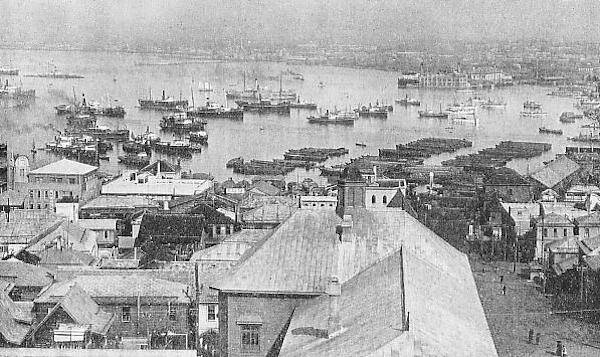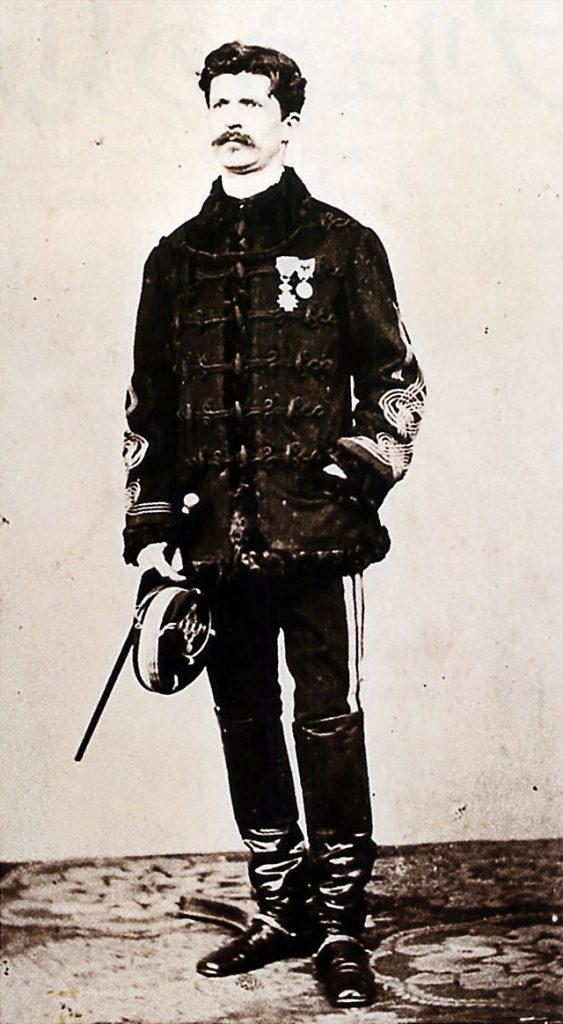Introduction
In the annals of history, certain stories capture our imaginations and leave an indelible mark on our collective consciousness. One such tale is that of the Last Samurai, a captivating narrative set against the backdrop of Japan’s turbulent past. In this article, we will delve deep into the captivating true story of Jules Brunet, a French army officer who became an integral part of this historical saga.
The Rise of the Samurai

To comprehend the significance of Jules Brunet’s involvement, we must first understand the rich tapestry of Japan’s history. Centuries ago, the samurai class emerged, embodying loyalty, honor, and martial prowess. These warriors served as protectors of their daimyo (feudal lords) and played a pivotal role in shaping the nation’s destiny.
An Unexpected Encounter
Amidst the chaos of the Boshin War, an armed conflict that took place in the 19th century, fate led Jules Brunet to the shores of Japan. Serving as an advisor to the shogun forces, he formed a bond with Saigo Takamori, a charismatic samurai with a deep sense of loyalty to the old ways.
The Last Stand

As the war raged on, the tides of fate turned against the shogunate. Despite the odds, Brunet and Saigo, along with a handful of loyal samurai, took a courageous last stand at the Battle of Hakodate. Their unwavering determination to uphold their principles echoed through the pages of history.
The Legacy Lives On

Though the Battle of Hakodate marked the end of the samurai era, its legacy continued to reverberate through the ages. Jules Brunet’s involvement in this historic event left an everlasting impression on Japan’s cultural identity and military history.
The Perplexity of History
History often presents us with perplexing enigmas, and the Last Samurai story is no exception. The intertwining of cultures and the blending of loyalty and friendship make this tale all the more intriguing.
Burstiness of Emotions
The Last Samurai’s narrative is punctuated with moments of intense emotion. From the adrenaline-fueled battles to the heartwarming camaraderie between Brunet and the samurai, these bursts of emotions resonate with readers and evoke a wide range of feelings.
Embracing the Human Spirit
At its core, the Last Samurai story is a celebration of the human spirit, transcending cultural boundaries and illustrating the strength of unity and purpose.
The Enduring Allure
What makes the Last Samurai an enduring tale? Its ability to captivate audiences lies in its ability to evoke a sense of adventure, loyalty, and honor, allowing readers to immerse themselves fully in this captivating journey.
Conclusion
The true story of Jules Brunet and the Last Samurai is a timeless testament to the power of camaraderie and loyalty, transcending borders and time itself. This captivating tale continues to inspire and captivate, ensuring that its legacy lives on for generations to come.
Jules Brunet was a French army officer who played a significant role in the Boshin War and the Last Samurai story.
The Boshin War was a conflict that took place in Japan during the 19th century, leading to the downfall of the shogunate.
Saigo Takamori was a prominent samurai and a key figure in the Last Samurai narrative.
The Battle of Hakodate was fought in Hakodate, Japan.
The Last Samurai story left a lasting impression on Japan’s cultural identity and military history.



